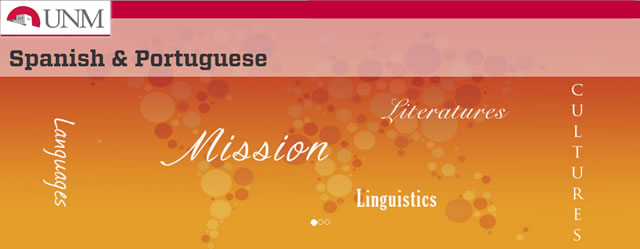
Spanish and Portuguese ETDs
Publication Date
2-1-2012
Abstract
This sociolinguistic-variationist investigation sheds light on two little-studied issues concerning Spanish DOM, or variable use of a before animate direct objects (DOs), in vernacular language: the complex interaction of co-occurring linguistic (type of verb; definiteness, specificity, grammatical number, topicality, type and syntactic position of DO) and social (speakers age, gender and occupation) features. The statistical analysis of over 1000 tokens of oral Spanish of Mérida, Venezuela, and Madrid, Spain, indicates that although a+OD is used more in Madrid (61% vs. 46%), both varieties show markedly parallel linguistic conditioning: the lexical effect of certain verbs (tener, ver, conocer, among others), as well as definite DOs, among others factors, favor the use of a+DO in Mérida and in Madrid. One important difference is that anaphoric/cataphoric coreference has divergent effects in these Spanish varieties. In terms of the social distribution, multivariate analysis of social conditioning of a+DO in the Spanish of Mérida reveals relative homogeneity within the community, with a small but measurable effect of occupation, and a historically meaningful increase of the presence of a marking among the speakers between the ages of 30-45 years old. Despite significant differences in distribution, the overall patterns are the same, demonstrating the need to look beyond rates to patterns of occurrence.
Degree Name
Spanish & Portuguese (PhD)
Level of Degree
Doctoral
Department Name
Spanish and Portuguese
First Committee Member (Chair)
Axelrod, Melissa
Second Committee Member
Torres Cacoullos, Rena
Third Committee Member
Clements, Joseph Clancy
Language
Spanish
Keywords
Spanish languaage--Spain--Madrid, Spanish language--Venezuela--Merida, Sociolinguistics--Spain--Madrid, Sociolinguistics--Venezuela--Merida
Document Type
Dissertation
Recommended Citation
Balasch Rodriguez, Sonia. "Estudio Sociolinguistico de la Marca Diferencial de Objeto Directo (DOM) en Dos Variedades del Espanol Contemporaneo." (2012). https://digitalrepository.unm.edu/span_etds/5
Included in
European Languages and Societies Commons, Latin American Languages and Societies Commons
